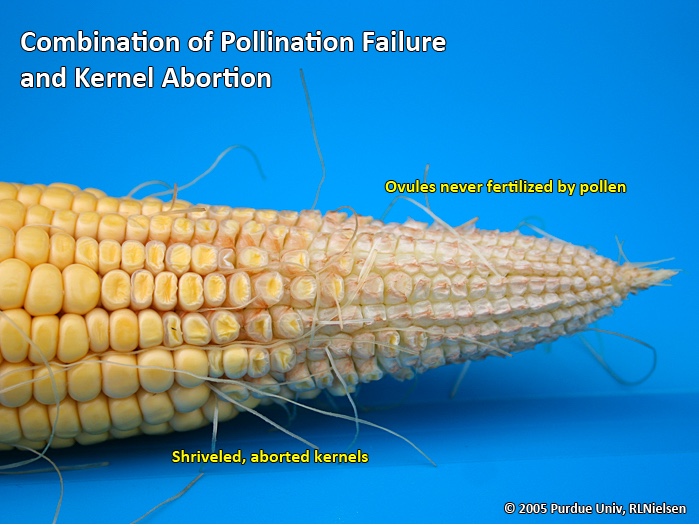
Yield potential in corn is influenced at several stages of growth and development

Yield potential in corn is influenced at several stages of growth and development
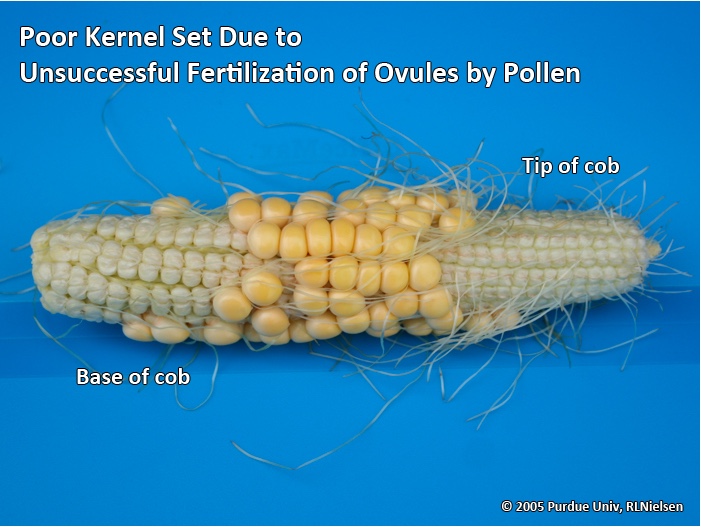
The post-pollination scuttlebutt overheard in coffee shops throughout Indiana during late summer often revolves around the potential for severe stress that might reduce kernel set or kernel size in neighborhood cornfields.
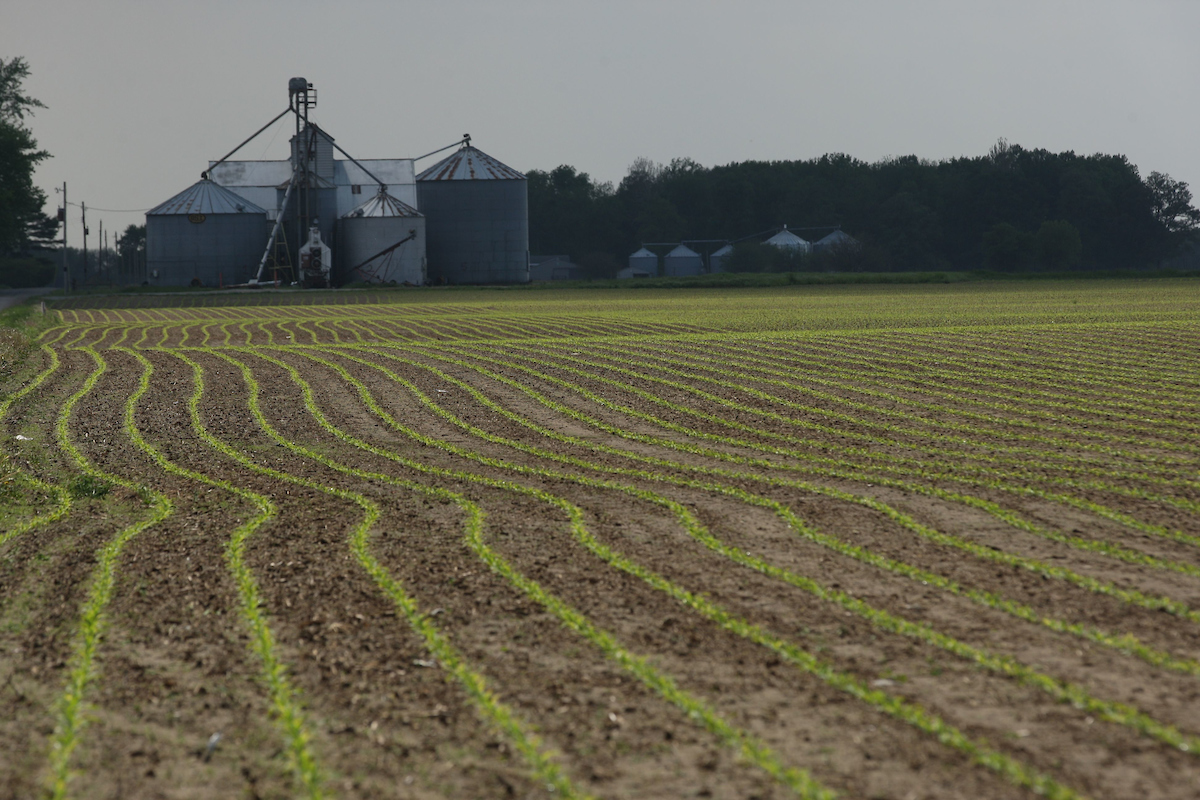
Hoosier farmers will have to adapt management practices and the types of crops they plant over the next several decades as they deal with the repercussions of climate change.
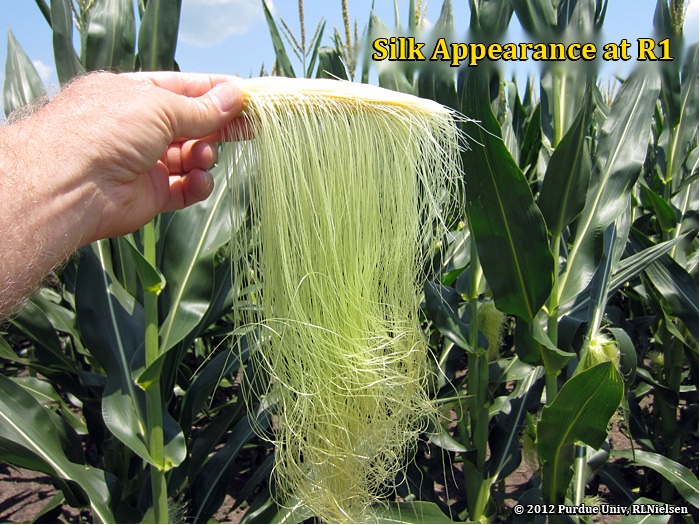
The grain fill period begins with successful pollination and initiation of kernel development, and ends approximately 60 days later when the kernels are physiologically mature. During grain fill, the developing kernels are the primary sink for concurrent photosynthate produced by the corn plant.
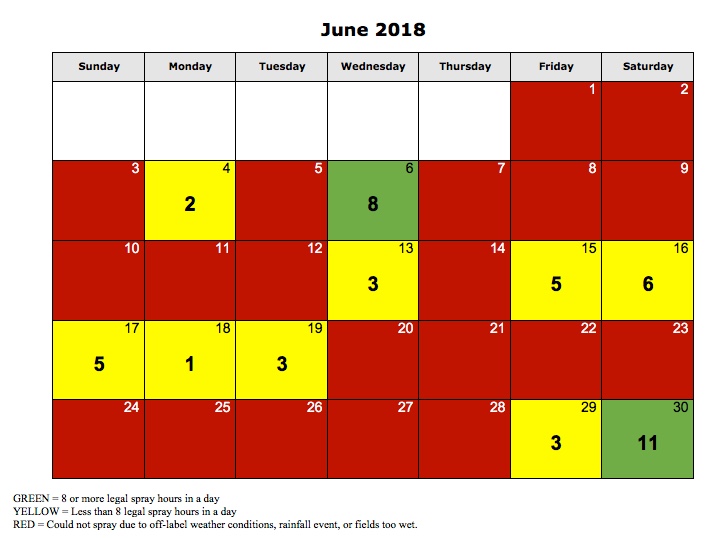
Now that we are in the middle of July and most herbicide applications in corn and soybean should have ended, we wanted to take a look back at June this year. Specifically, we wanted to look at the weather this past June with regards to the labels for Engenia, FeXapan, and Xtendimax.
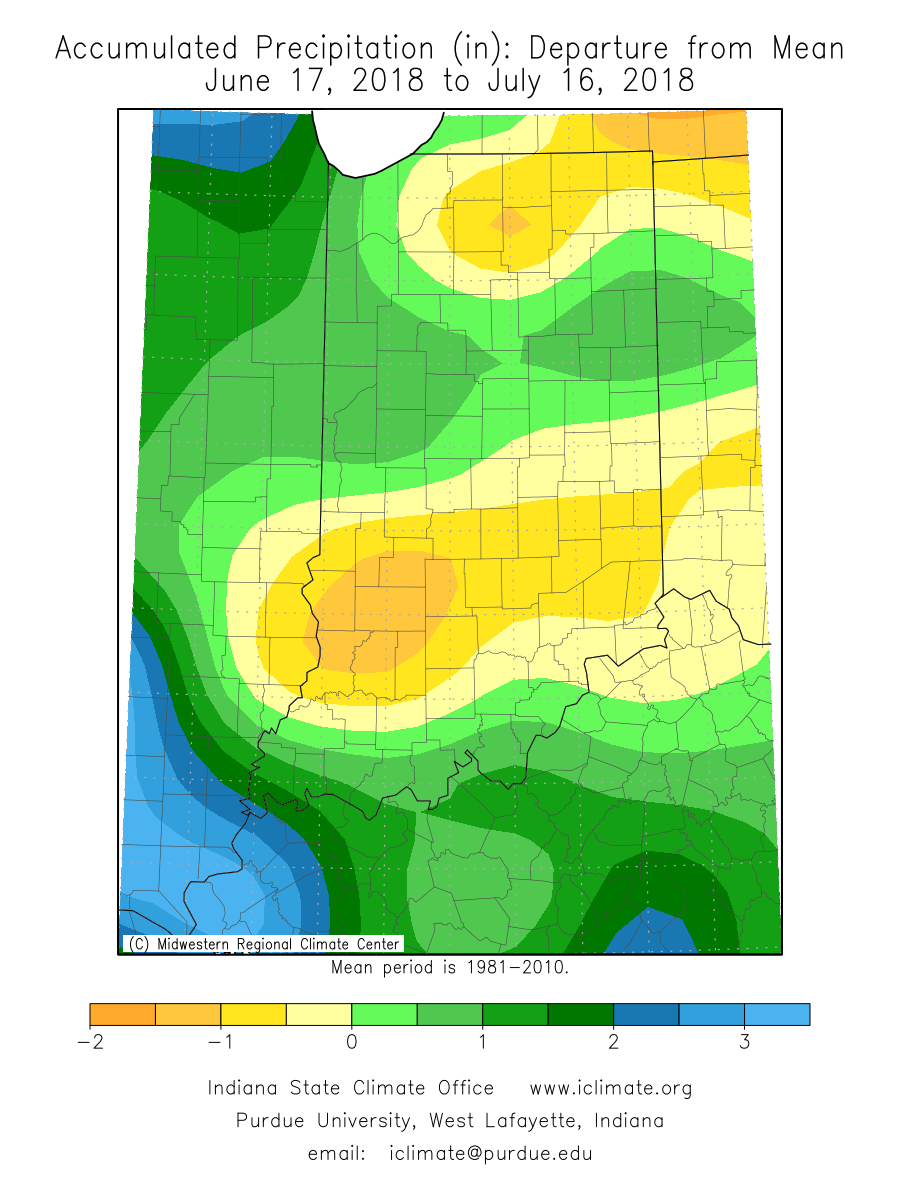
As some areas of Indiana are dry getting drier, there is more concern about the possibility about spider mites being a culprit for yellowing foliage.
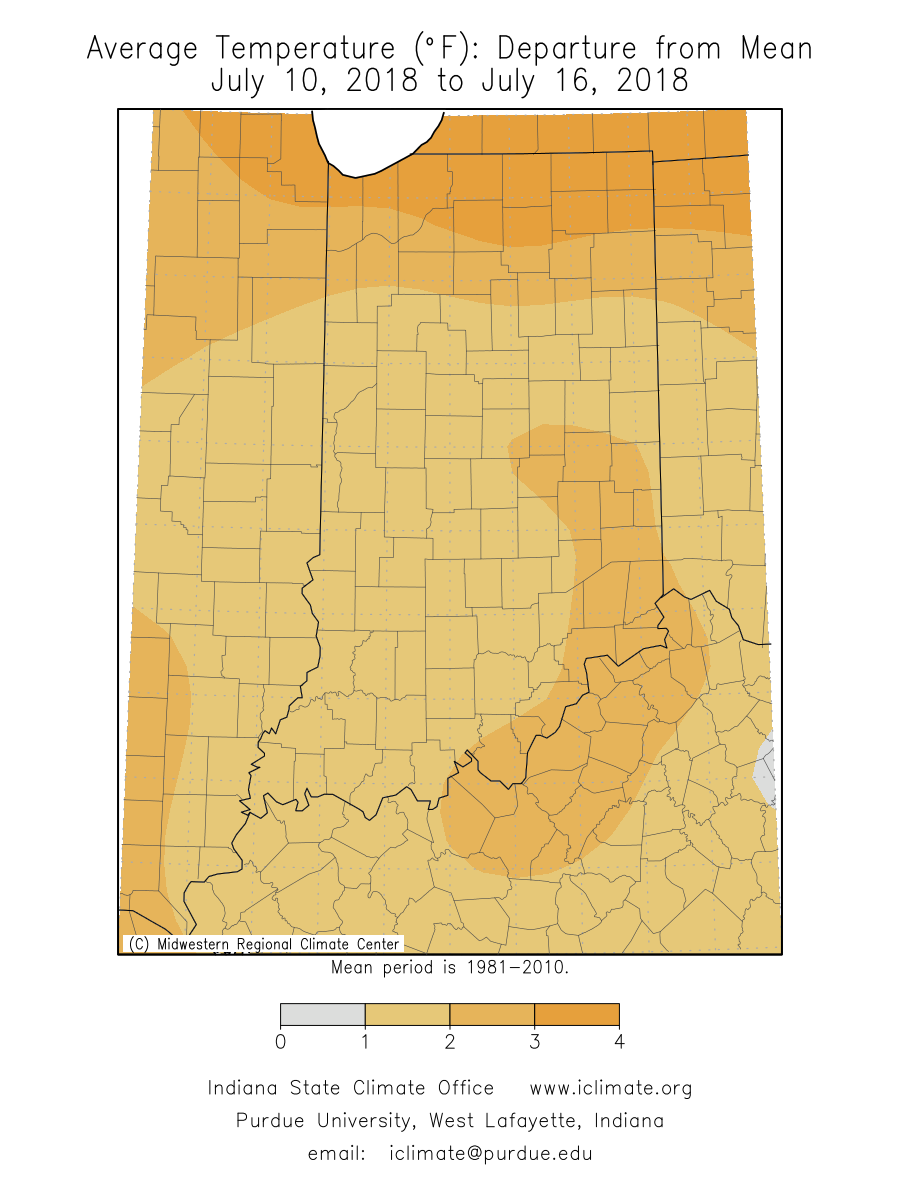
Average Temperature Departure from Mean July 10-16, 2018
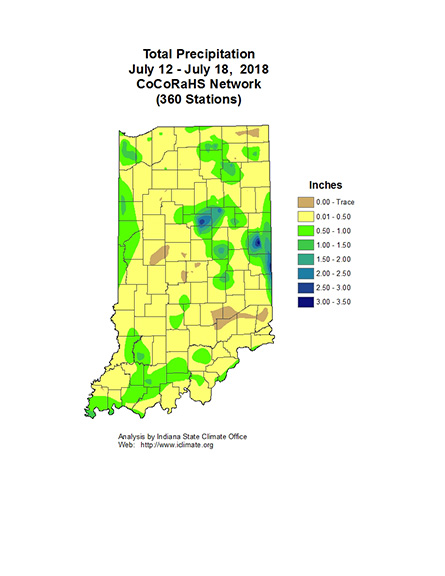
Total Precipitation July 12 – July 18, 2018
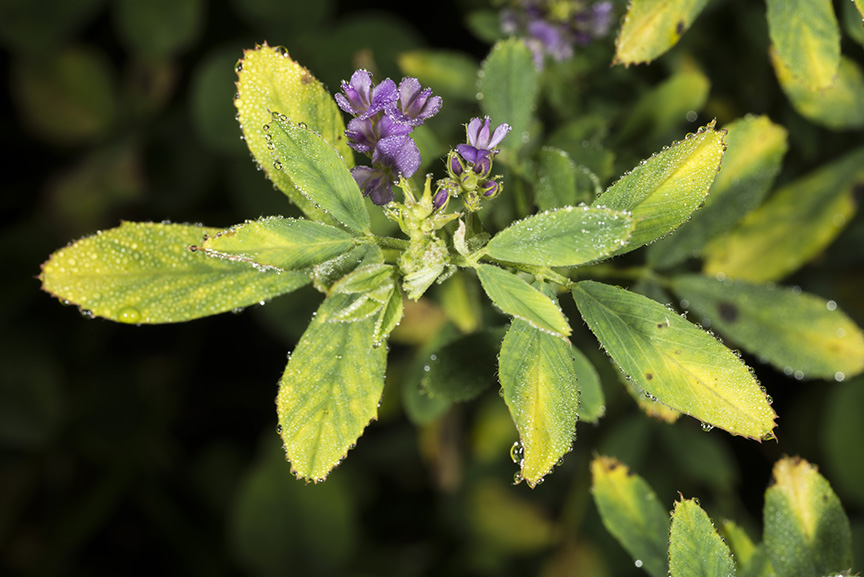
Populations of potato leafhopper continue to plague alfalfa fields throughout the state. Undoubtedly, the extended warm temperatures have contributed to this population explosion.
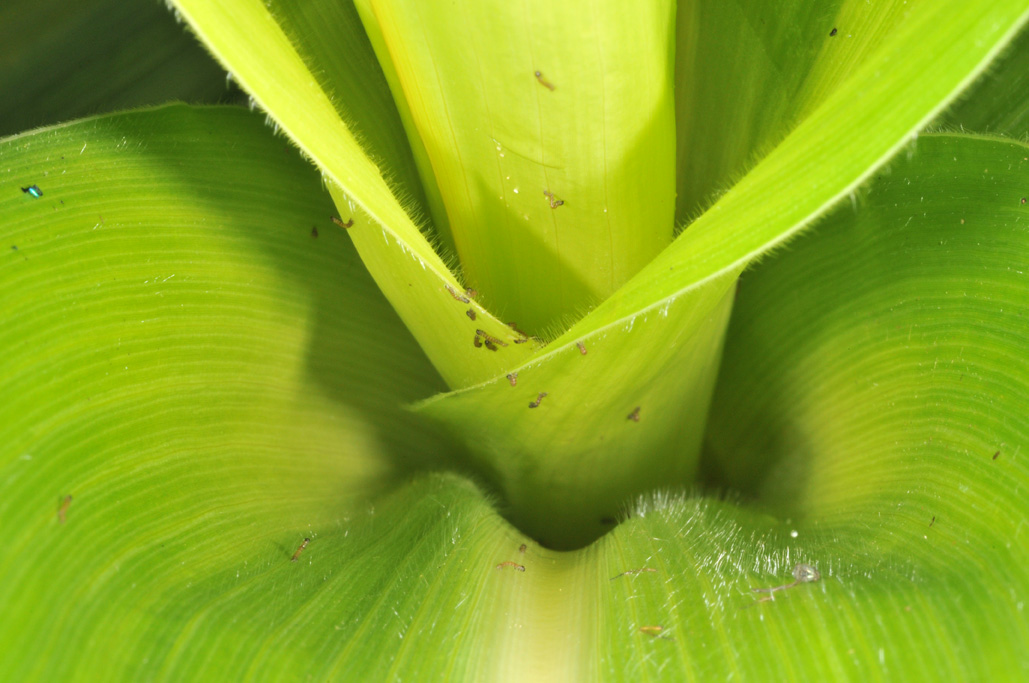
The western bean cutworm (WBC) trapping season continues, and after a slow start, moth flights have surged in many northern Indiana county traps this past week.
© 2025 Purdue University | An equal access/equal opportunity university | Copyright Complaints | Maintained by Pest&Crop newsletter
If you have trouble accessing this page because of a disability, please contact Pest&Crop newsletter at luck@purdue.edu.